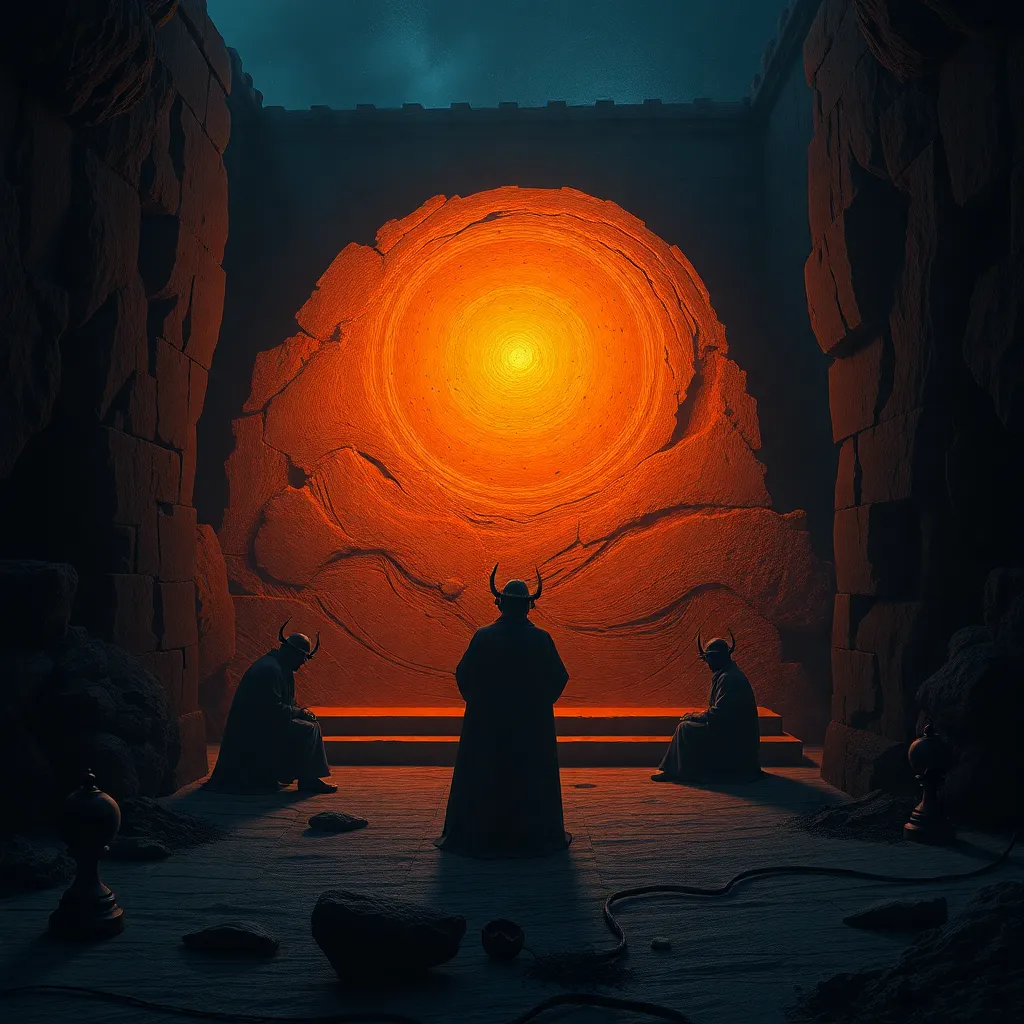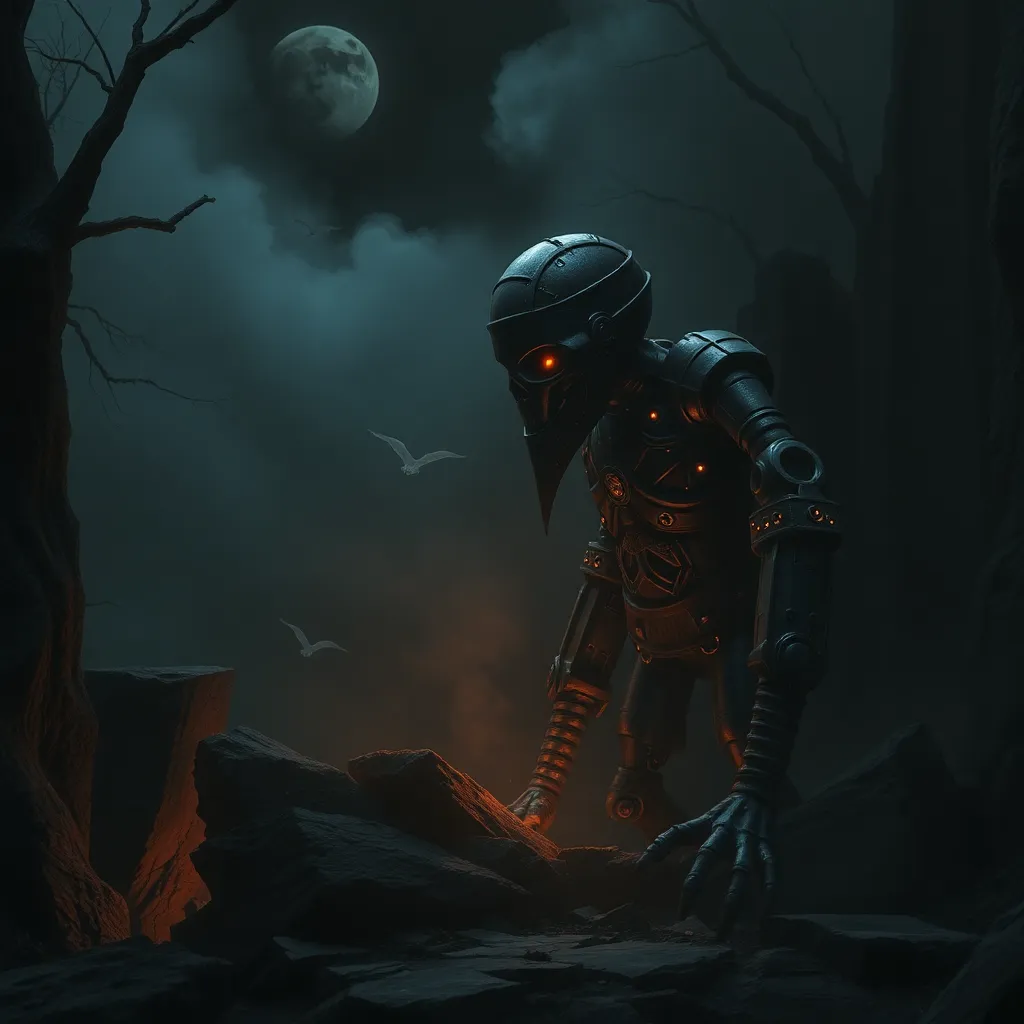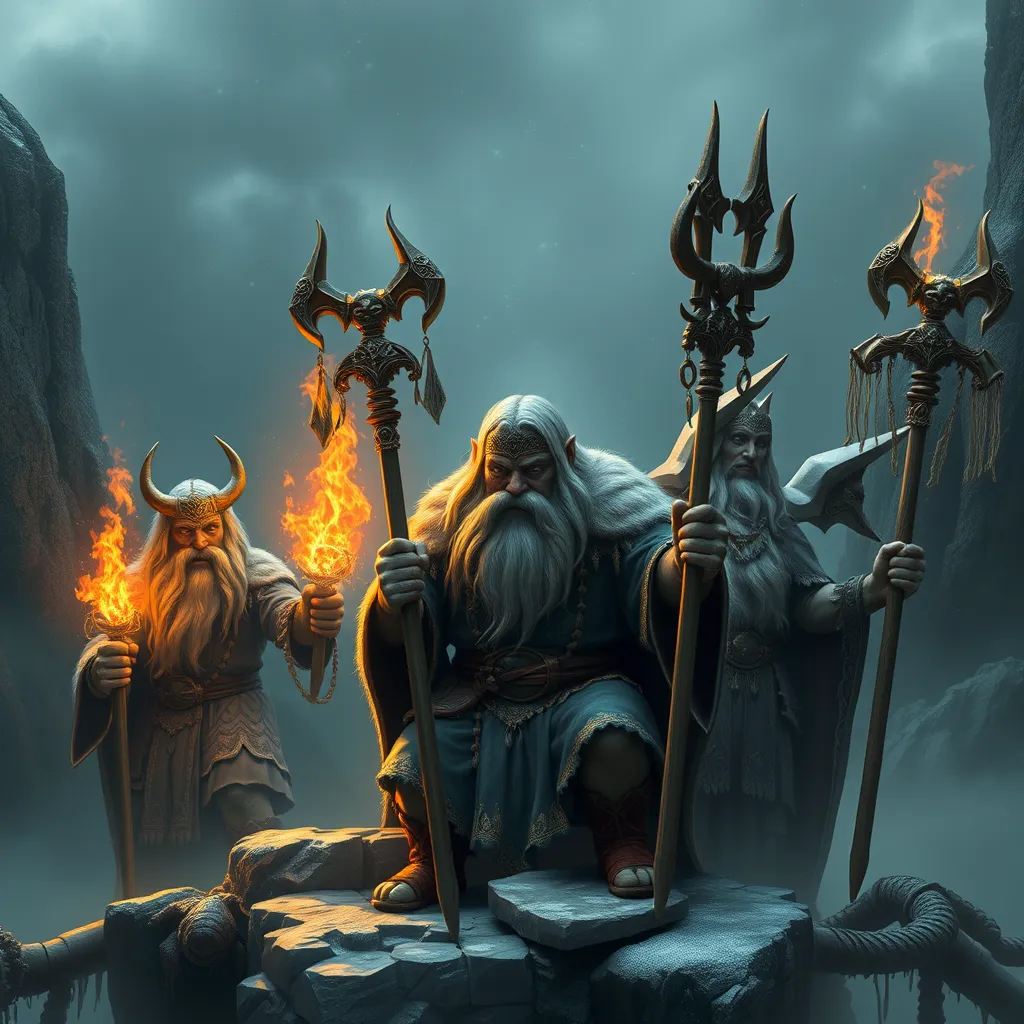The Shadow of the Past: Investigating the Historical Context of Dybbuk Beliefs
I. Introduction
The Dybbuk, a term derived from the Hebrew word “dabab,” meaning “to cling” or “to attach,” refers to a restless spirit of a deceased person that possesses the body of a living individual. This concept is deeply rooted in Jewish folklore and mysticism, embodying the fear of death, the unknown, and the consequences of unresolved earthly conflicts.
Dybbuk beliefs hold significant cultural and spiritual importance in Jewish tradition, often serving as cautionary tales about the moral and ethical lives of individuals. This article aims to explore the historical context of Dybbuk beliefs, tracing their origins, cultural influences, literary representations, and contemporary relevance.
II. Origins of Dybbuk Beliefs
A. Historical roots in Jewish mysticism and Kabbalah
The concept of the Dybbuk has its roots in Jewish mysticism, particularly within the Kabbalistic tradition. Kabbalah, which emerged in the 12th century, delves into the nature of the divine and the spiritual world. According to Kabbalistic beliefs, the soul is composed of multiple parts, and a Dybbuk is thought to be the dislocated soul of a person who has died in a state of turmoil or sin, unable to find peace.
B. Early references in Jewish texts and folklore
Early references to Dybbuks can be traced back to various Jewish texts, including the Talmud and later mystical writings. One of the earliest mentions of a spirit that possesses a living person can be found in the 16th-century work “Shemot,” which describes how the soul of a sinner can return to haunt the living.
C. The evolution of the concept through different cultural contexts
Over the centuries, the concept of the Dybbuk evolved as it interacted with different cultures and beliefs. In Eastern Europe, where Jewish communities faced significant persecution, the Dybbuk became a symbol of the struggle against oppression and the desire for spiritual redemption.
III. Cultural and Religious Influences
A. Impact of Eastern European Jewish communities on Dybbuk beliefs
In the 18th and 19th centuries, the Dybbuk gained prominence within Eastern European Jewish communities, particularly in Poland and Lithuania. It became a central figure in Yiddish theater and folklore, often depicted as a malevolent force that could enter and control a person’s body, reflecting the societal fears of the time.
B. Influence of Christian and pagan folklore on the concept of possession
Christian beliefs in demonic possession and pagan traditions regarding spirits and the afterlife also influenced the Jewish concept of the Dybbuk. These interactions led to a richer narrative that incorporated elements of exorcism and the battle between good and evil.
C. The role of superstition in shaping dybbuk narratives
- Superstitions surrounding death and the afterlife contributed to the fear of Dybbuks.
- Practices such as rituals to appease restless spirits became common in Jewish communities.
- Folklore often depicted Dybbuks as vengeful spirits, reinforcing societal fears and moral lessons.
IV. Dybbuks in Literature and Art
A. Representation of Dybbuks in classical Jewish literature
Dybbuks have been depicted in various classical Jewish literary works, most notably in “The Dybbuk,” a play by S. Ansky, which premiered in 1920. This play is one of the most famous representations of Dybbuk folklore, telling the story of a bride possessed by the spirit of her deceased lover.
B. Modern adaptations in literature, theater, and film
In contemporary culture, the Dybbuk has inspired numerous adaptations across different media, including films, novels, and theatrical performances. These adaptations often explore themes of love, loss, and the struggle for redemption.
C. Symbolism and themes associated with Dybbuk stories
Dybbuk narratives often symbolize:
- The unresolved issues of the past.
- The consequences of moral failings.
- The struggle between the spiritual and physical realms.
V. Psychological and Sociological Perspectives
A. Understanding possession and mental illness in historical context
Historically, cases of possession were often interpreted through the lens of mental illness. Symptoms that would today be recognized as psychological disorders were sometimes attributed to Dybbuk possession, reflecting the limited understanding of mental health in past societies.
B. Dybbuks as a reflection of societal anxieties and fears
Dybbuk stories mirror societal anxieties surrounding death, morality, and the afterlife. The fear of losing one’s identity to a malevolent spirit reflects broader concerns about control, agency, and societal judgment.
C. The interplay between folklore and psychological phenomena
The Dybbuk serves as a fascinating case study of how folklore can influence psychological phenomena. The belief in possession can manifest both culturally and individually, affecting how people interpret their experiences and mental health issues.
VI. The Dybbuk in Contemporary Culture
A. Revival of interest in Dybbuk narratives in modern media
In recent years, there has been a revival of interest in Dybbuk narratives, as seen in films like “The Possession” (2012) and numerous documentaries exploring the folklore. This resurgence indicates a continued fascination with themes of possession and the supernatural.
B. The role of Dybbuks in contemporary Jewish identity and spirituality
For many contemporary Jews, Dybbuks represent a connection to their cultural heritage and spiritual beliefs. Dybbuk narratives are often used to explore themes of morality, community, and the afterlife, fostering a sense of identity and continuity.
C. Comparison of historical beliefs to current interpretations
While historical beliefs about Dybbuks focused heavily on possession and spirituality, modern interpretations may blend these themes with psychological and existential questions, reflecting changes in societal values and understandings of mental health.
VII. Case Studies: Notable Dybbuk Stories
A. The tale of the Dybbuk of Tevye’s daughter
One of the most poignant Dybbuk stories is that of Tevye’s daughter in Sholem Aleichem’s works, where the spirit of a deceased lover returns to possess her, illustrating themes of love and loss.
B. The Dybbuk box phenomenon in popular culture
The Dybbuk box, a wine cabinet claimed to be haunted, gained notoriety in the early 2000s and became a cultural reference point for discussions about possession and the supernatural, blending folklore with modern horror.
C. Analysis of real-life accounts and their historical significance
Real-life accounts of possession attributed to Dybbuks often serve as cautionary tales about moral conduct and societal expectations, reinforcing the cultural narratives surrounding this belief.
VIII. Conclusion
A. Summary of key findings regarding Dybbuk beliefs
This exploration of Dybbuk beliefs reveals their rich historical roots, cultural influences, and psychological implications. Dybbuks serve not only as supernatural entities but also as reflections of human fears and societal values.
B. Reflection on the enduring legacy and relevance of Dybbuk narratives
Despite the passage of time, Dybbuk narratives continue to resonate, illustrating the enduring human fascination with the afterlife, morality, and the struggle between good and evil.
C. Final thoughts on the intersection of history, culture, and belief systems
The Dybbuk remains a powerful symbol within Jewish folklore, bridging the gap between history, culture, and personal belief systems, and reminding us of the complexities of the human experience.




